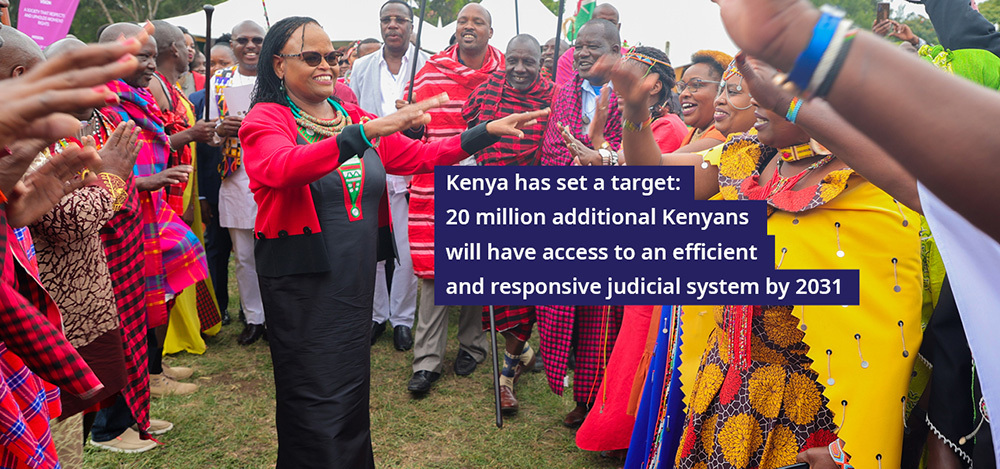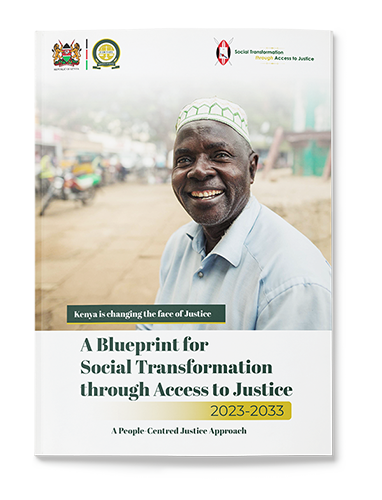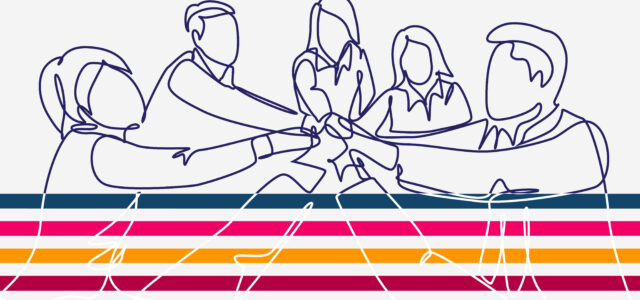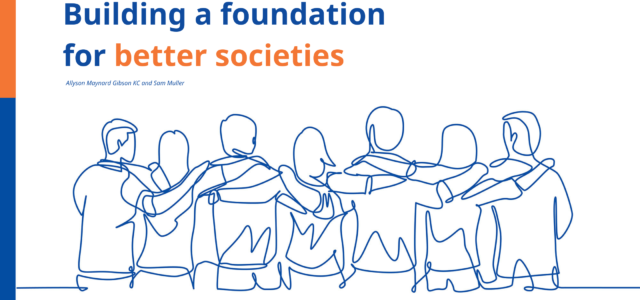Rose Wachuka Macharia, Chief of Staff, Office of the Hon. Chief Justice of Kenya
Martin Gramatikov, HiiL Program Director
On 24 November, a cutting-edge and visionary plan for people-centred justice was launched in Kenya. Its goal is to widen the doors of justice to all Kenyans. It is ambitious, rigorous, and, as far as we can assess, makes the Kenyan Judiciary one of the first in the world to develop a strategic national document that is people-centred and focused on broader social transformation through access to justice.

Every year in Kenya, over 7 million people encounter legal problems ranging from land disputes and family matters to debt, crime, employment disputes, and administrative grievances. These are not trivial issues. A legal issue has the potential to impact entire families and communities profoundly. Unfortunately, less than half of these 7 million legal problems find a fair resolution, often making it difficult for the affected individuals to move forward with their lives.
Under the leadership of Hon. Chief Justice Martha Koome, the Kenyan Judiciary is determined to turn the tables. Its Blueprint for Social Transformation through Access to Justice vision (STAJ) explicitly states the roadmap to deliver to the Kenyan people an accessible, efficient, expeditious and cost-effective justice system. Among the strategies for achieving this overarching goal is an enhanced focus on people-centred service delivery.
“The Judiciary, once viewed as a sole forum for access to justice, now champions the understanding that justice should not be contained within the rigid perimeters of courtrooms.” STAJ Blueprint
With this, the Blueprint embodies system change. It defines a new scope for justice institutions with new roles that go beyond decisions in courtrooms.
And most importantly, it embodies ‘’Utu’’. A term in Swahili, ‘’Utu’’ symbolises the values of respect, solidarity, self-reliance, communal responsibility and inclusiveness. These values tie together family, community, and nature. Utu is at the heart of Hon. Chief Justice Martha Koome’s vision for people-centred justice in Kenya.
But what does people-centred justice mean in the context of the STAJ Blueprint?
The short and practical answer is that people-centred justice is justice that works for the people. Justice is people-centred when the formal and informal justice journeys are accessible and transform people’s problems into solutions and positive outcomes. The people of Kenya – particularly Wanjiku, the everyday Kenyan village woman – are central. Institutions, professionals, management systems and guild interests are not key in this model. To the best of our knowledge, this is the first strategic national document that shifts the priority from the justice institutions to the justice users.
People-centred justice is also envisioned in the Blueprint as a comprehensive long-term programme for transformation. The delivery of people-centred justice in Kenya will take place through programming based on robust data, evidence, innovative delivery models and nurturing an enabling regulatory environment. People-centred justice programming focuses on justice impact and outcomes instead of merely addressing inputs or processes. The Blueprint affirms that justice must achieve well-being benefits for individuals and businesses through resolving legal problems. It recognises that justice in Kenya is more than just processing cases or reducing court backlogs. It is about turning legal problems into fair solutions, leading to better and more fulfilled lives, economic growth and prosperity.
The Blueprint elaborates on numerous facets of people-centred justice, offering detailed explanations.

Over the next few months, we will share a series of blog posts on the rollout of the STAJ Blueprint examining in particular its focus on moving to a data-driven and outcome-focused justice system, making it evidence-based and opening up to innovation and tech as well as ways of working collaboratively across sectors and institutions.
HiiL is honoured to have played an advisory role to the Kenyan Judiciary on drafting the STAJ Blueprint and looks forward to continued collaboration as this transformative vision comes to life.The launch of the STAJ Blueprint is also part of a wider and rapidly growing global movement of governments and international agencies who are adopting the people-centred justice approach.





